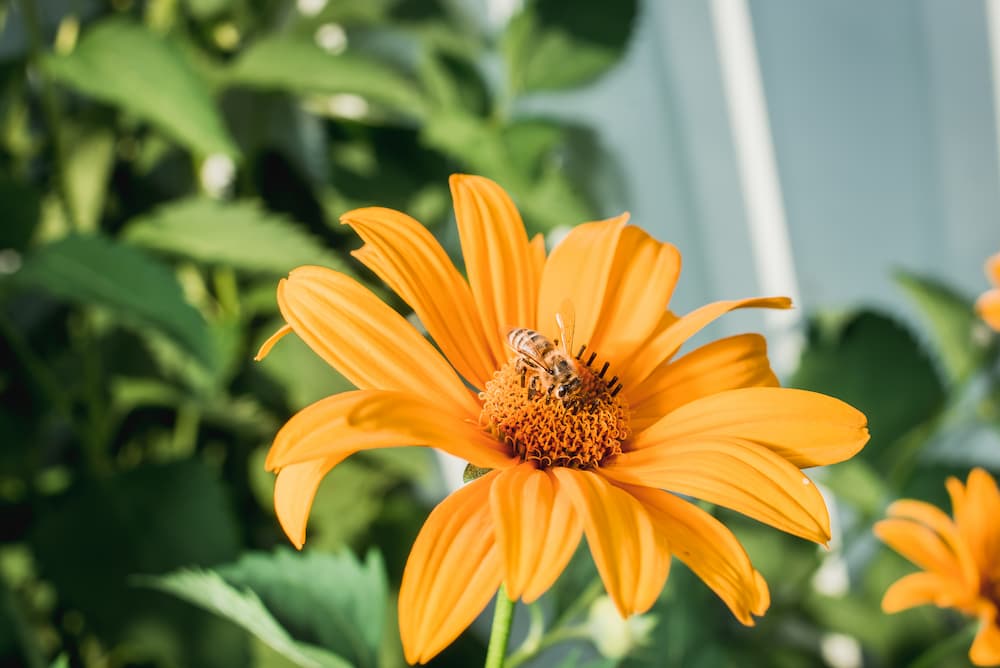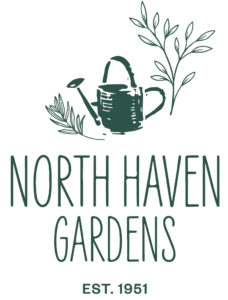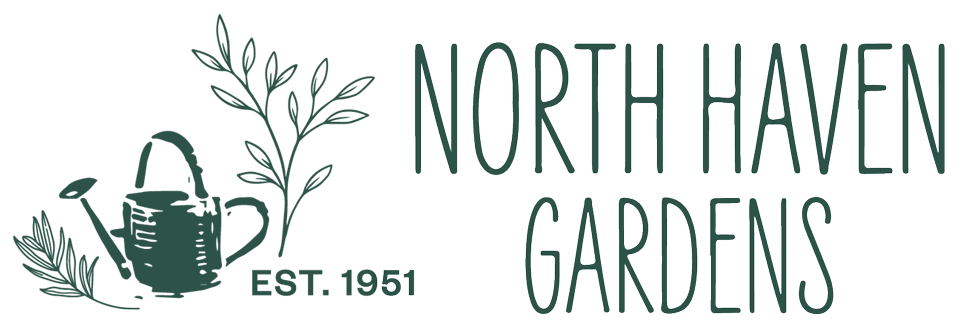
Did you know that bees, butterflies, and other pollinating species are responsible for providing humans with one out of every three bites of our food? In addition to that, pollinators help support the Earth’s ecosystems and sustain natural resources.
Many modern gardeners have begun creating pollinator gardens, which feature many plants specifically selected to attract, feed, and support pollinators. With a few smart choices and just a bit of time spent in the garden, you can power pollination in your region.
What Are Pollinator Gardens and Why Are They Important?
Pollinator gardens specifically aim to support pollination, providing both nectar and the larval host plant sources for native species of pollinators. This type of garden is both beautiful and practical, attracting pollinators and boosting biodiversity.
How to Start a Garden With Native Pollinator Plants
With these simple steps, you can create a pollinator garden that’s as eco-friendly as it is enjoyable to look at.
1. Make a garden plan. Just like any type of garden, a pollination-focused landscape requires you to consider factors like sun, soil type, water source, and sunlight. Also, take some time to learn about the species of pollinators in your area so that you’re well-prepared to choose the best-suited plants.
For example, if you are interested in attracting the beloved monarch butterfly, you’ll need to plan for a garden that functions in both spring and fall. During the spring season, the monarch butterflies will require milkweeds where they can lay their eggs (and caterpillars can eat) and nectar plants for food. By fall, they’ll need plenty of nectar available to fuel up for their annual migration to Mexico.
2. Select and plant your native pollinator plants. Diversity is the key to a successful garden for butterflies and other pollinators. Here are some basic guidelines for the best plants for pollinator gardens:
a. For a butterfly garden, there should be a mix of “host plants” (for caterpillars) and “nectar plants” (for adult butterflies and other pollinators). Select nectar plants that bloom from early spring through the end of fall, so that they can serve as a consistent source of nectar.
b. Look for brightly-colored, aromatic flowers that will capture the attention of passing pollinators.
c. Use planting guides to learn what pollinator-friendly plants are native to your area. For example, in the Dallas area, plants such as the Texas bluebonnet, white prickly poppy, prairie larkspur, butterfly weed, and passionflower are all good options.
d. Create a safe space for shelter for pollinators, where they can seek shade and protection. Incorporating shrubs and grouping pollinator-friendly plantings are excellent ways to set up a happy home for native species.
3. Watch, wait, and water. Before long, you and your family will begin to notice visitors frequenting your garden. Resist the urge to clean up every last fallen leaf, as plant litter and some weeds can be very useful for pollinators. Stay away from pesticides, as they can quickly wipe out both good pollinators and “pests” alike. Explore organic options and gardening techniques that can be used to manage pests in the garden. Over time, you’ll have created a haven for a diverse mix of species.
Nurture a Pollinator-Friendly Garden Year-Round with Help from North Haven Gardens
If you’re interested in learning how to start a pollinator garden in Texas, North Haven Gardens can help. We have various gardening resources to help you master the basics, including information about pollinator-friendly flowering plants and native pollinators such as wasps and lacewings. We carry an incredible selection of native plants for Texas pollinator gardens, including native milkweed, making it easy to create diversity and beauty in your backyard all year long.
Discover how you can transform your landscape into an eco-conscious outdoor space that welcomes native pollinators by visiting North Haven Gardens today.

